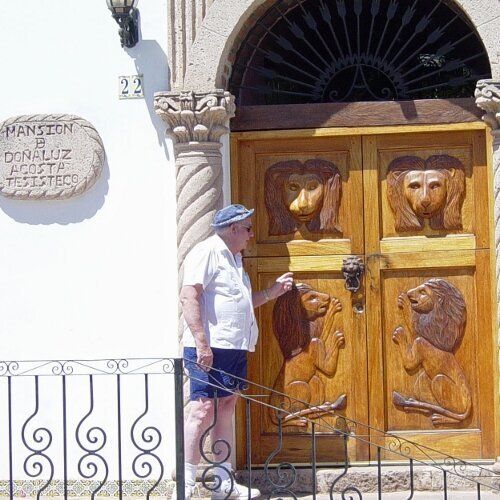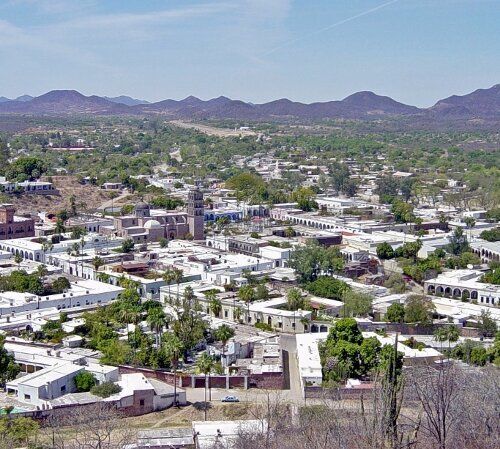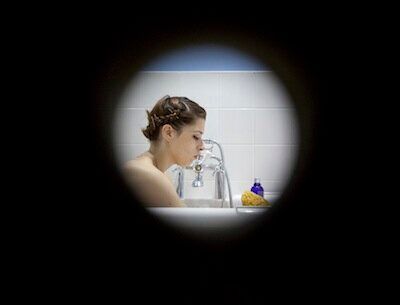London in 2012, the year of the Olympics, is as good a time as any to reflect on the changing nature of the city. The capital remains a mess of constant developments, movements and fluctuations. As the recent BBC series The Secret History of Our Streets has highlighted, areas once tarred with the black ink of "semi-criminal" have now slipped, completely unplanned, into gentrification.
Take the East End as one example: in 1902 the appropriately named journalist, Jack London, found horrendous poverty; an area for the "unfit and unneeded" living and dying in a "social shambles" crawling with paupers, prostitutes and thieves. Today we find some of the most fashionable spots of the capital in the East End. Where there were once poor houses and manual workers stoically eking out an existence there there are now boutique PR agencies and ironically dressed media types swanning about, sipping soya lattes and peering at the latest issue of Vice Magazine.
London lacks the ordered layout of New York or the grand historical sweeps of Paris. The unofficial bard of London, Samuel Johnson, observed that it's in the back alleys and hidden lanes of the city that its true character emerges. In his satireLondon, Johnson recorded a conversation with a friend who was preparing to leave the capital. For Johnson's companion London had become too much - he was abandoning the bustle and crush for the charms of nature in the North. The city he had once known had warped out of all recognition into a degenerate place of "cheap reward and empty praise" where all was lost on "thoughtless ease, and empty show". Johnson's poem in turn had been inspired by another wry eye, that of the Roman poet Juvenal. Juvenal had described meeting his friend in Rome under the 'dripping arches of the Capuan Gate' where King Numa had once met his mistress - an area which was now populated by "Jewish squatters". Where once there was good native limestone and solid morals, he now only saw flashy marble, decadence and delicate Greek conversation.
So it is apt that the National Gallery should turn to the theme of change. In a new exhibiton, the Gallery displays three Titian masterpieces, which were inspired by the Roman poet Ovid's Metamorphoses. Diana and Actaeon forms the centrepiece, and has provided a fertile source of inspiration for contemporary poets, choreographers, engineers and artists to draw on for the exhibition.

© Chris Ofili 'Windfall'
It is not obvious that Titian is the most dynamic of the artists here. Chris Ofili's offering is an enticing array of contemporary work inspired by Ovid. Ofili explores the idea that Ovid's poem was itself formed out of a fluid creative process - one subject to accident and chance. For Ovid, Ofili says, inspiration can appear from nowhere and visual ambiguity can lie everywhere. Shapes and flickering lights are created by torches against the night sky; the constant transfiguration of nature spawns fleeting but recognisably human shapes.
Yet it is with Titian that we have the real revelation. The Venetian master experimented with free flowing compositions which disrupted the formalism and structure that many Italian paintings continued to tie themselves to in the sixteenth century. For Titian, the Virgin and Child, for example, were no longer the dependable shape upon which a composition rested, obediently sitting at the centre in the familiar pyramidal unit. Instead they became part of a fluid series of events, captured by the artist in a single moment rather than in a timeless void.
Diana and Actaeon, and Ovid's theme of change and the fluidity, is thus an ideal touchstone for the painter. Ovid recounts the legend of the famed hunter Actaeon who, striding through the "darksome wood" stumbles across a "spacious grotto, all around o'er-grown with hoary moss, and arch'd with pumic-stone". Here the hero unknowingly spies the goddess Diana bathing. "Nature had ev'ry where so plaid her part, That ev'ry where she seem'd to vie with art". Actaeon's accidental voyeurism is punished by Diana, who turns the hunter into a stag. Actaeon is then hunted by his own dogs, before being ripped to shreds. It's a dramatic image of disruption and violence. Like the Madonna, Titian did not place Diana neatly in the centre of the piece. Instead she is balanced by a (blushing) red drape which is being pulled back by Actaeon. In fact what Titian is doing is allowing Actaeon himself to define how we look at the composition and disrupting the space between viewer and viewed. Far from being at the centre of the piece, Actaeon is half stepping into the scene, and defining the viewer's perspective. This is not a formal set-piece, but an accidental moment in time being captured by Titian.

© National Gallery, Titian 'Diana and Actaeon'
Indeed the result, as the artist Mark Wallinger playful highlights, is a voyeuristic panicked thrill of being caught in the act. One stumbles through the darkness, unaware of what is going on, before finally being drawn to the the faint sound of water and flickering light coming from a crack in Wallinger's display. It's unclear if one is leering at filmed scenes through the shadows, or whether Wallinger has in fact convinced some "live" models to sit obediently for his instillation. Yet whether this is in a live peep show or not is almost beside the point - after all the exhibition is all about the moment and change. Surely this goes back to the point that Actaeon (and the viewer) is seeing a reality in a constant and misleading state of flux?
When Titian first displayed Diana and Actaeon, the extent of the exposed flesh on offer left many feeling uneasy. As that bastion of moral outrage, The Daily Mail, has highlighted, the idea of voyeurism - despite the best efforts of "Mummy Porn" and 50 Shades of Grey - continues to titillate and arouse the angst of the British public. Yet the real drama of the exhibition, and the city housing it, lies in the fluctuations and changes we witness and our frequent, but often futile attempts, to impose order on it.

© Anthony Reynolds 'Diana'
Metamorphosis: Titian 2012
11 July - 23 September 2012
National Gallery, Sainsbury Wing Exhibition
Admission free